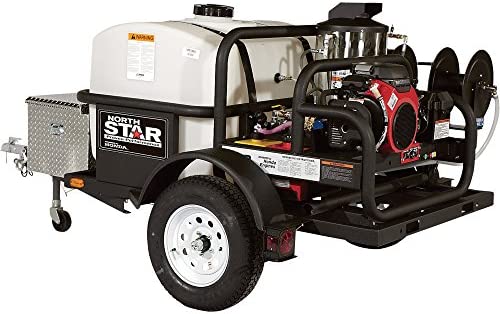Well yeah, let’s not stretch the analogy further than it’s intended, which was to illustrate that “sucking air” literally means exactly what it sounds like it means - that there is no remaining water from which to draw (as opposed to, I don’t know, spontaneously sucking air into the otherwise closed system from some other imagined source, whatever that may be).
Just two things he was asking about priming a pump not how to return the water to a level above a bulkhead connector. And two I was just making a joke as indicated by the lol
I read a lot about this (from this very forum, in fact) over the past few months, and was fully expecting to have priming issues (ever preemptively purchased a 12V pump to be prepared), but was pleasantly surprised to find that this issue never presented itself.
Why do you think people experience this? I can understand that the pump may be attempting to cycle volume fast than it can be supplied, but where is the issue? Is the input hose diameter insufficient to permit sufficient flow? Is the pump inlet significantly elevated relative to the buffer outlet? What do you think is causing this oft-discussed issue?
All pump models have different characteristics within the manifold. They are not created equally in regards to the fluid dynamics that were modeled into them back at the CAD design stage. I’ll tell you again, that Cat 66DX is apparently just different enough to barely allow it work on a gravity fed system
@UmmButHowDoYouKnow I think between the smaller diameter plungers and the increased stroke speed of each plunger coupled with the fact that the DD machines are often left on their raised cart will just about get it
Direct drive no good pull water from tank. Spin too fast. Belt drive spin slower. Pull better. Gear drive same.
There. Summed it all up in twenty words. It’s settled.
I’ll add that Northern Tool’s Northstar line of pressure washers use that same Cat pump on there trailer rig that they sell so I’d say it’s a winner on a gravity fed system. I’d never run it but hey if it’s working out for you stick with it until you wise up ![]() I mean no disrespect, just good clean fun. Feel free to razz me anytime
I mean no disrespect, just good clean fun. Feel free to razz me anytime
They’ve been putting these out for years and they have the pump @UmmButHowDoYouKnow and I are talking about so Cat for the win I reluctantly say I guess ![]()

Cat knows a thing or two about pumps. I would say they may be the exception rather than the rule when 98% of the direct drive pumps we see on here are cheap AR pumps that barely work hooked to a garden hose ![]()
I oniy ask because im learning, not doing yet. I am a pool guy and when my pumps dont catch prime i open the lid and fill it with some water so it can suck in enough pool water to start working properly. I have a customer whose had issues and sfter abiut a year fighting with it figured out the back pressure from their solar plus poor plumbing design make it rake 5 min to prime when it should take 30 seconds.
whether a unit can draw water from a buffer tank depends on the pump.
otherwise you have to gravity fed it.
Pool pumps are centrifugal pumps and operate at significantly lower pressures than the vast majority of pressure washer pumps.
Pressure washers can put out a moderate volume of water at a very high pressure due to the design of the pumps. That very design also creates some issues with clearing air pockets, running without water flowing through the pump can damage the innards relatively easily due to tighter tolerances.
Centrifugal pumps are completely different animals and are much more forgiving as far as priming the system and eliminating air pockets within the system.
I just wish they did direct to consumer sales… hard AF to get miscellaneous parts in a timely manner, and that’s just bending over and accepting the raping on obscene markups. This is my only grip thus far with CAT Pumps (their customer service is great, even if occasionally condescending).
While generally true for small centrifugal pumps, when you get into very large pumps (think the kind that pumps 10s of thousands of gallons per minute) you would be surprised how long it can take to fully purge air pockets. All I am saying is that scale matters, even if not for anything relevant to this forum.
Ok thanks
I run 2 4 gpms direct drives currently plumbed together (to get 8 gpm) in my van. I have burned a few pumps learning how make em run properly.
What you have to do to get them to prime properly is to always make sure you throttle your shifter half way or less so the pump is not turning so fast and it creates enough vacuum to draw water. When it start drawing water (and all air is out of the system) then you pull your throttle all the way to full blast or whatever speed you need it to and it will work flawlessly all day. You need to do this EVRYTIME YOU FIRST START YOUR WORK (dont have to do it if you stop to refill, or shut down your machine for whatever other reason, usually i recomend doing the above if you shut down for 8+ hours or next day for the first time)
Forgot to mention they are also plumbled to a buffer tank (gravity fed)

